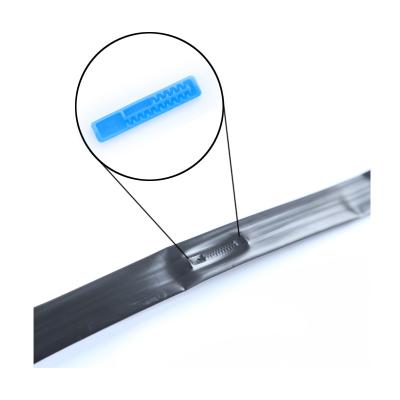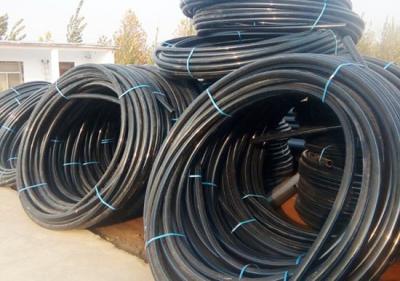Promote the development of high-efficiency water-saving irrigation in orchards
In recent years, there are a variety of popular orchard irrigation methods, such as immersion irrigation, manual irrigation, water-saving irrigation, high-level sprinkler irrigation, and simple sprinkler irrigation. However, these technologies all have their shortcomings more or less. The cost of immersion irrigation is high, and the cost of manual irrigation is high. The effect is relatively poor. Water-saving water-saving irrigation has low one-time investment, high water-saving efficiency, simple maintenance in the later stage, and high-level sprinkler irrigation. The investment is high, the water-saving effect is poor, and the effect is obvious. The simple sprinkler irrigation is relatively cheap at one time, and the water-saving is more efficient and cost-saving.
Introduce five new technologies for orchard irrigation:
1. Automatic irrigation
This technique was invented by the French National Institute of Agronomy. They developed an automatic irrigation device, that is, to place some special "tentacles" on fruit branches and other parts to test the subtle changes of crops. When the crop cannot obtain water from the soil and must consume the water in its fruit branches, the fruit branches will show signs of shrinking. The "tentacles" can immediately translate it into a signal and send it to the computer, and the computer will start the irrigation device for irrigation.
2. Negative pressure difference irrigation
This technology was invented by Japan. The porous pipe is buried in the ground of the orchard, and automatic irrigation is carried out by relying on the negative pressure difference between the water in the pipe and the surrounding soil. The entire system can automatically adjust the amount of water according to the degree of dryness and wetness of the soil around the pipe to keep the soil moisture in the most suitable state for the growth of fruit trees.
3. Ground infiltration irrigation
This technology was invented by Japan. When irrigating, the soil automatically absorbs water from the disperser of the water-bearing system with the help of the suction of the capillary tube. When the water content reaches saturation, the water system dispenser automatically stops water supply. Because the flow rate of the system's water-containing diffuser is only 0.01g/s, the salt cannot exist in a solution state, so that the soil infiltration area becomes desalinated fresh water. Therefore, this system can be used to irrigate with salt water without damaging the soil.
4. Pipe irrigation on slopes
This technology was invented by Russia. The pipe length is 150~200m, and the pipe diameter is 145mm. The pipes are connected by a variable diameter method to ensure uniform flow from each section of the orifice, so that the water flows from the pipe hole into the irrigation ditch on the slope.
5. Soil net irrigation
This technology was invented by Austria. A glass fiber mesh containing semiconductor materials buried in the roots of fruit trees serves as the negative electrode, and a plate made of graphite, iron, and silicon buried in deep soil serves as the positive electrode. When the fruit trees need water, as long as the net is supplied with electricity, the water in the deep layers of the soil will flow from the positive electrode to the negative electrode under the action of the current, so that it can be absorbed and used by the fruit trees.



